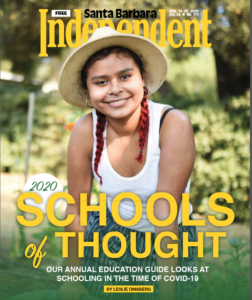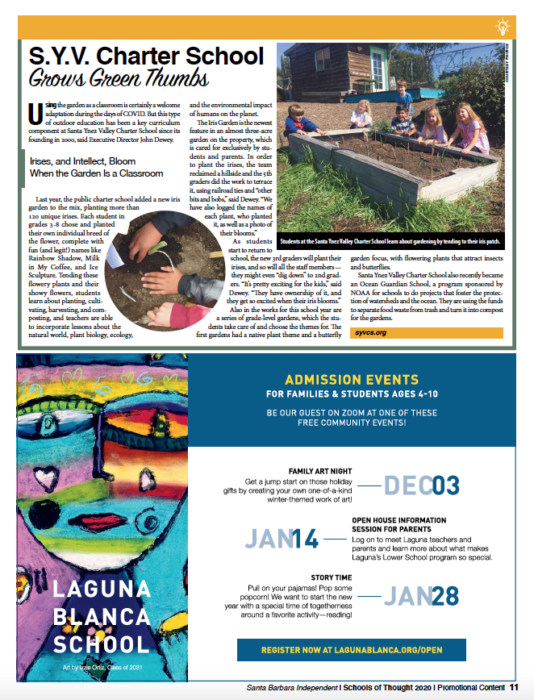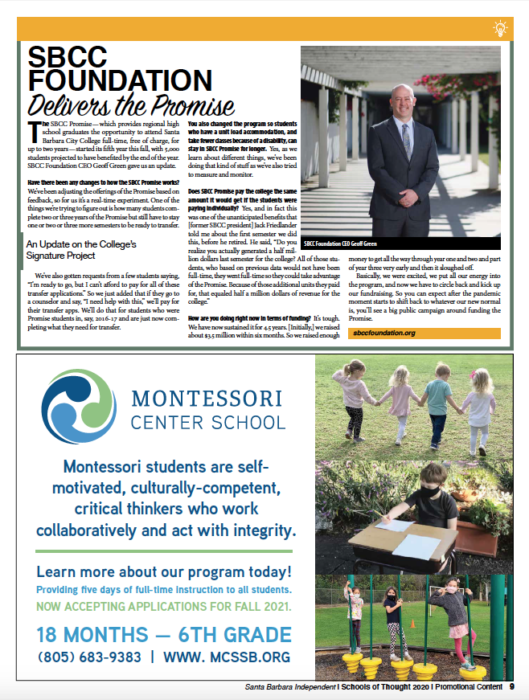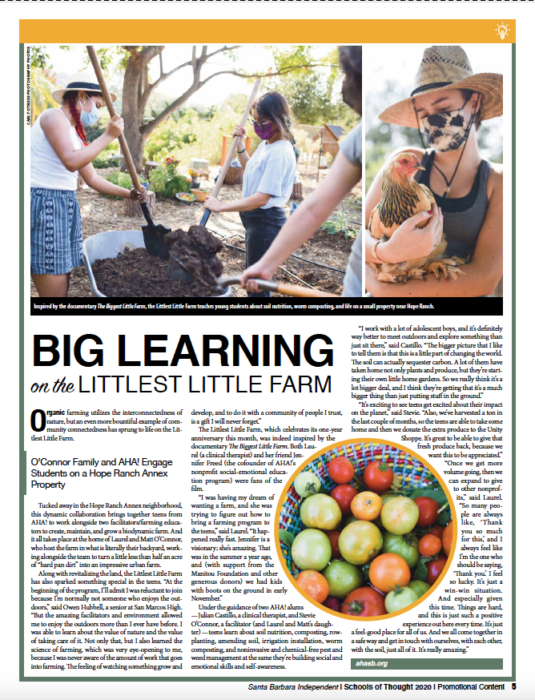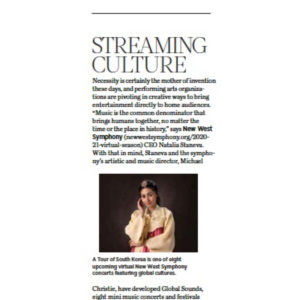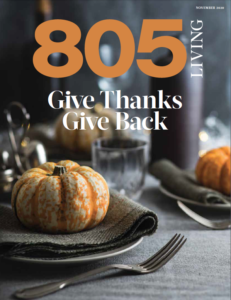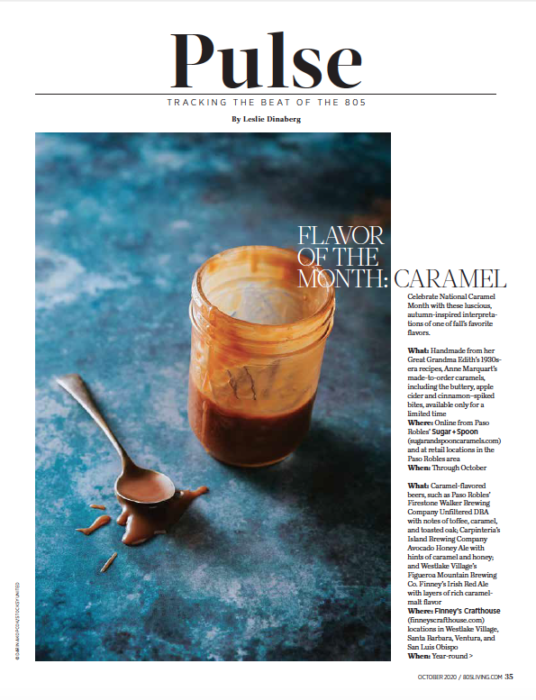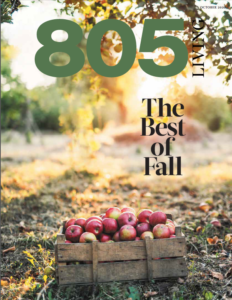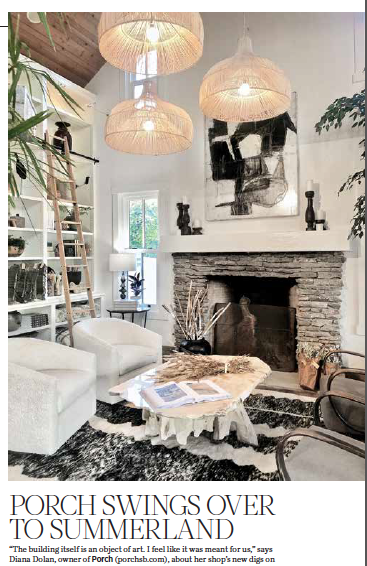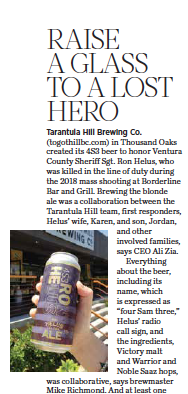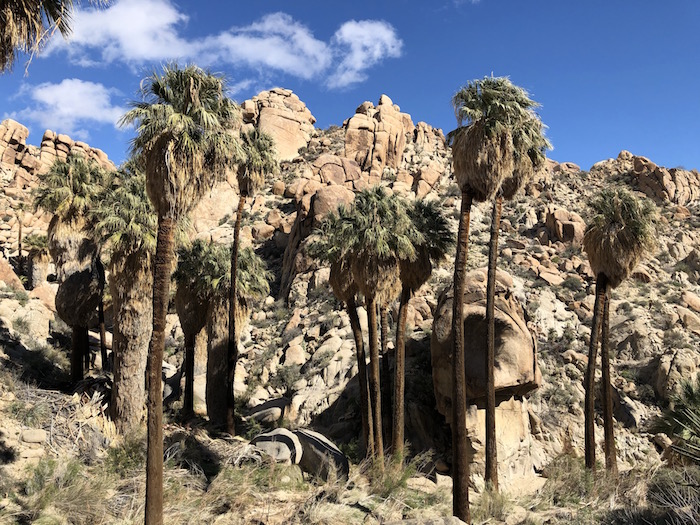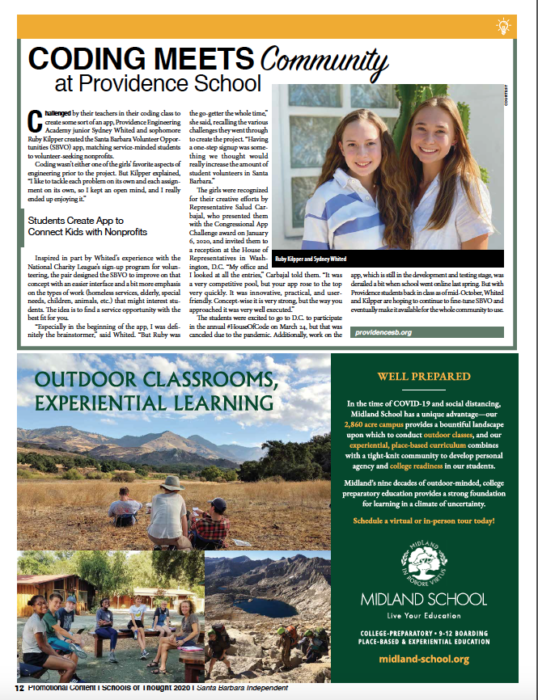
Coding Meets Community at Providence School, originally published in Santa Barbara Independent on November 19, 2020.
Students Create App to Connect Kids with Nonprofits
Challenged by their teachers in their coding class to create some sort of an app, Providence Engineering Academy junior Sydney Whited and sophomore Ruby Kilpper created the Santa Barbara Volunteer Opportunities (SBVO) app, matching service-minded students to volunteer-seeking nonprofits.
Coding wasn’t either one of the girls’ favorite aspects of engineering prior to the project. But Kilpper explained, “I like to tackle each problem on its own and each assignment on its own, so I kept an open mind, and I really ended up enjoying it.”
Inspired in part by Whited’s experience with the National Charity League’s sign-up program for volunteering, the pair designed the SBVO to improve on that concept with an easier interface and a bit more emphasis on the types of work (homeless services, elderly, special
needs, children, animals, etc.) that might interest students. The idea is to find a service opportunity with the best fit for you.
“Especially in the beginning of the app, I was definitely the brainstormer,” said Whited. “But Ruby was the go-getter the whole time,” she said, recalling the various challenges they went through to create the project. “Having a one-step signup was something we thought would really increase the amount of student volunteers in Santa Barbara.”
The girls were recognized for their creative efforts by Representative Salud Carbajal, who presented them with the Congressional App Challenge award on January 6, 2020, and invited them to a reception at the House of Representatives in Washington, D.C. “My office and I looked at all the entries,” Carbajal told them. “It was a very competitive pool, but your app rose to the top very quickly. It was innovative, practical, and user friendly. Concept-wise it is very strong, but the way you approached it was very well executed.”
The students were excited to go to D.C. to participate in the annual #HouseOfCode on March 24, but that was canceled due to the pandemic. Additionally, work on the app, which is still in the development and testing stage, was derailed a bit when school went online last spring. But with Providence students back in class as of mid-October, Whited
and Kilpper are hoping to continue to fine-tune SBVO and eventually make it available for the whole community to use.
Originally published in the Santa Barbara Independent on November 19, 2020. To read the section as it appeared in print, please click here.

